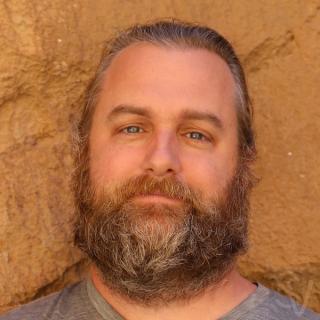Conference: Jun 26-28, 2017
Workshops: Jun 29-30, 2017
Presentation: Adaptive Availability for Quality of Service
Location:
- Salon D
Duration
Day of week:
- Tuesday
Level:
- Advanced
Persona:
- Developer
Key Takeaways
- Learn concrete approaches to discovering, analyzing, and optimizing poorly performing or latent nodes in a cluster.
- Hear about tools and techniques that can be used to capture and model behavior.
- Understand lessons from building applications to model performance on distributed systems.
Abstract
In this presentation, I'll talk about lessons learned in building a always-on distributed time-series database with aggressive quality of service guarantees. As any distributed systems engineer knows, coping with a failed machine is an easy problem compared to an under performing one. When SLAs are tight, under performing is effectively byzantine behavior. I will talk about both macro and micro techniques used in our system to cope with bad machines, bad actors and other poorly qualified badness. Most are adaptive techniques backed with both local and cluster-wide statistical analysis of observed behavior.
Interview
Similar Talks

Tracks
Monday, 13 June
-
Architectures You've Always Wondered About
Case studies from: Google, Linkedin, Alibaba, Twitter, and more...
-
Stream Processing @ Scale
Technologies and techniques to handle ever increasing data streams
-
Culture As Differentiator
Stories of companies and team for whom engineering culture is a differentiator - in delivering faster, in attracting better talent, and in making their businesses more successful.
-
Practical DevOps for Cloud Architectures
Real-world lessons and practices that enable the devops nirvana of operating what you build
-
Incredible Power of an Open-Sourced .NET
.NET is more than you may think. From Rx to C# 7 designed in the open, learn more about the power of open source .NET
-
Sponsored Solutions Track 1
Tuesday, 14 June
-
Better than Resilient: Antifragile
Failure is a constant in production systems, learn how to wield it to your advantage to build more robust systems.
-
Innovations in Java and the Java Ecosystem
Cutting Edge Java Innovations for the Real World
-
Modern CS in the Real World
Real-world Industry adoption of modern CS ideas
-
Containers: From Dev to Prod
Beyond the buzz and into the how and why of running containers in production
-
Security War Stories
Expert-level security track led by well known and respected leaders in the field
-
Sponsored Solutions Track 2
Wednesday, 15 June
-
Microservices and Monoliths
Practical lessons on services. Asks the question when and when to NOT go with Microservices?
-
Modern API Architecture - Tools, Methods, Tactics
API-based application development, and the tooling and techniques to support effectively working with APIs in the small or at scale. Using internal and external APIs
-
Commoditized Machine Learning
Barriers to entry for applied ML are lower than ever before, jumpstart your journey
-
Full Stack JavaScript
Browser, server, devices - JavaScript is everywhere
-
Optimizing Yourself
Keeping life in balance is always a challenge. Learning lifehacks
-
Sponsored Solutions Track 3









